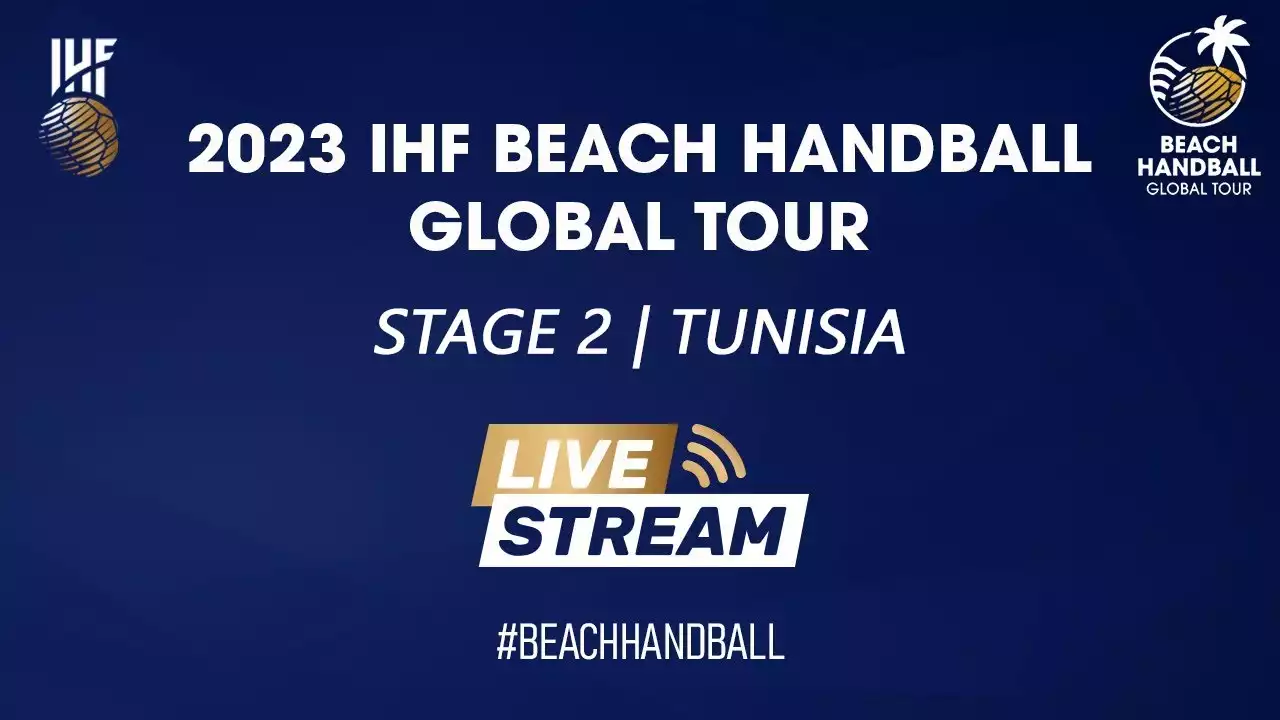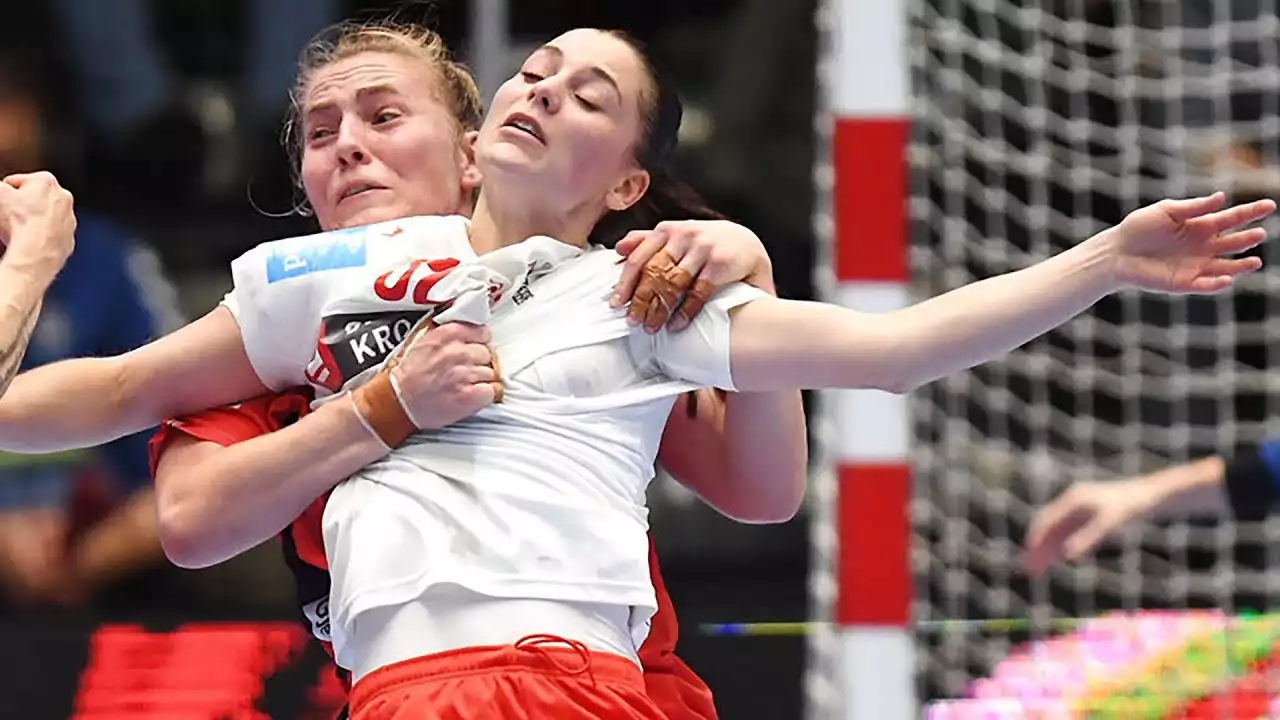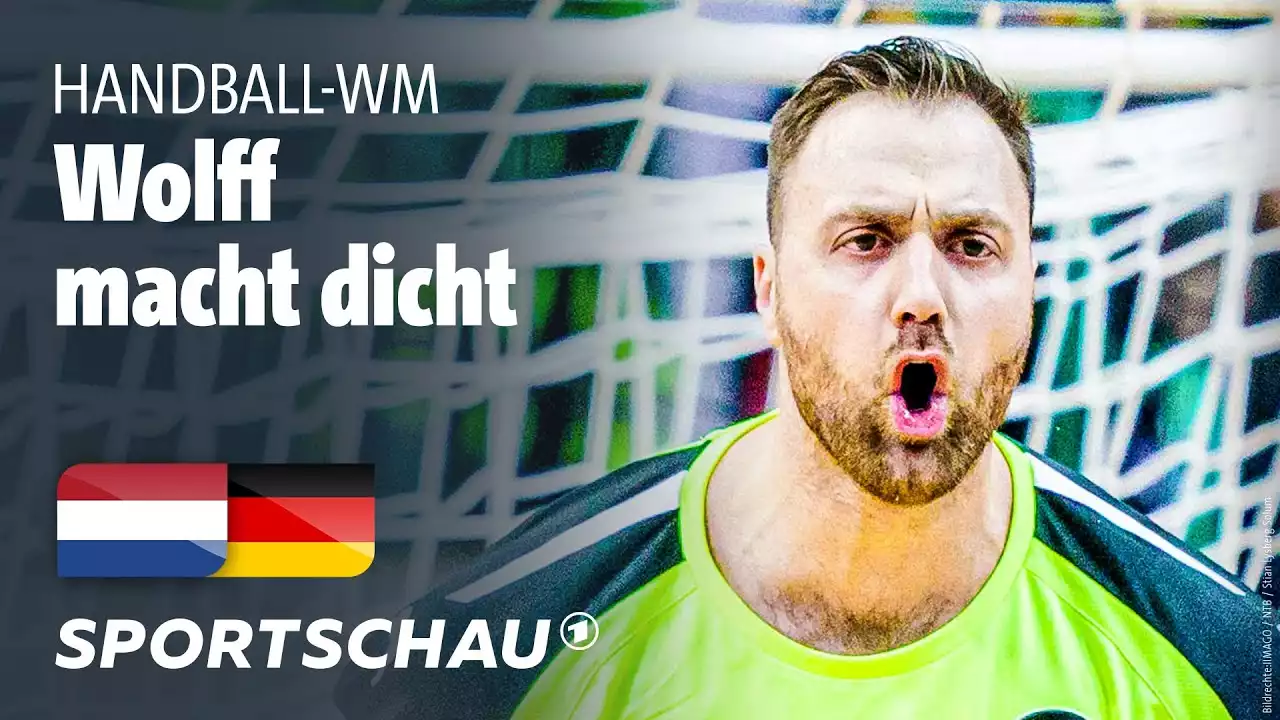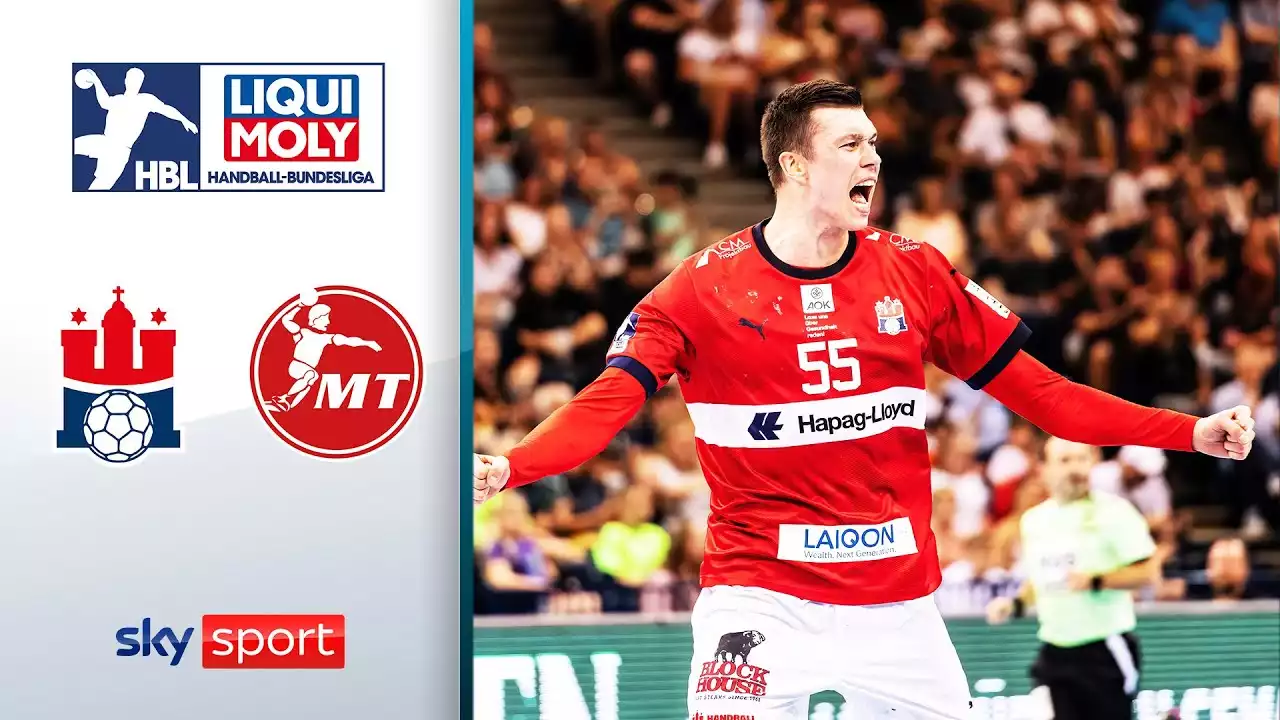History and establishment of IHF
The International Handball Federation (IHF) has a storied history that dates back to 1946 when it was founded in Basel, Switzerland. The federation was established with the aim of unifying the various national handball associations and creating a platform for international collaboration. Since its inception, the IHF has grown exponentially, becoming the global authority in handball. Through its visionary leadership and progressive approach, the IHF has transformed handball into a widely recognized and respected sport.
The IHF's journey began with just four founding members, but it quickly expanded to include national federations from around the world. Today, the IHF boasts a membership of over 200 national handball federations, making it one of the largest and most influential international sports organizations. This diverse and inclusive membership reflects the global appeal of handball and the IHF's commitment to fostering unity and cooperation among nations.
Over the years, the IHF has faced numerous challenges and overcome them with resilience and determination. From adapting to technological advancements to addressing the changing needs of the handball community, the IHF has consistently demonstrated its ability to evolve and stay ahead of the game. Its unwavering dedication to promoting handball as a universally accessible sport has earned the IHF a reputation as a forward-thinking and dynamic organization.
As the IHF continues to shape the future of handball, its rich history serves as a testament to the vision and passion of its founders. Their commitment to elevating handball to new heights has laid the foundation for the IHF's ongoing success and cemented its position as the ultimate authority in the world of handball.
Roles and responsibilities of IHF
As the international governing body of handball, the IHF has a wide range of roles and responsibilities that encompass every aspect of the sport. At the core of its mandate is the development and promotion of handball worldwide. The IHF strives to create a global platform where players, coaches, officials, and fans can come together to celebrate the beauty and excitement of handball.
One of the IHF's primary responsibilities is organizing and overseeing international handball competitions. From the prestigious IHF World Championships to regional tournaments and youth events, the IHF ensures that these competitions are conducted in a fair and competitive manner. By setting high standards for organization, officiating, and player welfare, the IHF ensures that these events showcase the best of handball talent from around the world.
In addition to competitions, the IHF is also responsible for establishing and enforcing the rules and regulations of handball. These rules govern every aspect of the game, from the dimensions of the playing court to the conduct of players and officials. By maintaining a standardized set of rules, the IHF ensures that handball is played consistently and fairly across all levels of the sport.
Furthermore, the IHF is actively involved in the development of handball at grassroots levels. Through various programs and initiatives, the IHF promotes the growth of handball in countries with emerging handball communities. By providing resources, training, and technical support, the IHF aims to empower these nations to develop their own handball infrastructure and nurture future generations of handball players.
The IHF also plays a crucial role in safeguarding the integrity of handball. Through its anti-doping efforts and disciplinary procedures, the IHF ensures that the sport remains clean and free from corruption. By collaborating with national federations and international organizations, the IHF works tirelessly to protect the values and spirit of handball.
Organizational structure of IHF
The International Handball Federation (IHF) operates under a well-defined organizational structure that enables it to effectively carry out its functions and responsibilities. At the top of the hierarchy is the IHF Congress, which serves as the highest decision-making body. Comprising representatives from member federations, the IHF Congress convenes every two years to discuss and approve key policies, elect officials, and shape the future direction of the IHF.
The day-to-day operations of the IHF are managed by the IHF Council, which consists of the President, Vice Presidents, and members elected by the IHF Congress. The Council is responsible for implementing the decisions of the IHF Congress and overseeing the various committees and commissions that form the backbone of the IHF's activities.
These committees and commissions cover a wide range of areas, including competition, development, medical, coaching, and refereeing. Each committee is composed of experts in their respective fields who provide valuable insights and guidance to the IHF. Their work is instrumental in driving the development and growth of handball and ensuring that the sport remains at the forefront of innovation and best practices.
At the operational level, the IHF Secretariat, headed by the IHF Secretary General, manages the day-to-day affairs of the federation. The Secretariat acts as the central hub for communication, coordination, and administration, ensuring the smooth functioning of the IHF's activities. It plays a crucial role in connecting the various stakeholders of handball and ensuring that their voices are heard.
By establishing a clear and robust organizational structure, the IHF ensures transparency, accountability, and effective governance. This structure enables the IHF to navigate the complexities of international handball and make informed decisions that benefit the sport and its global community.
International handball competitions governed by IHF
As the international governing body of handball, the International Handball Federation (IHF) is responsible for organizing and governing a wide range of international competitions. These competitions serve as a platform for teams from around the world to showcase their talent, compete at the highest level, and foster international camaraderie.
The pinnacle of international handball is the IHF World Championships, held every two years for both men and women. These tournaments bring together the best handball nations, providing an opportunity for teams to vie for the coveted title of world champions. The World Championships are a true spectacle, featuring fast-paced action, nail-biting matches, and moments of sheer brilliance that captivate fans worldwide.
In addition to the World Championships, the IHF also organizes continental championships, such as the European Handball Championships, the Asian Handball Championships, and the Pan-American Handball Championships. These tournaments showcase the best teams from each region, offering a platform for regional rivalries to flourish and providing a pathway for teams to qualify for the World Championships and other international events.
Furthermore, the IHF is actively involved in organizing youth competitions, recognizing the importance of nurturing young talent and providing a platform for their development. The IHF World Youth Championships and the IHF Youth Olympic Games are just a few examples of the IHF's commitment to the growth and advancement of handball among the younger generation.
By overseeing these international competitions, the IHF not only promotes the sport of handball but also fosters a sense of unity and camaraderie among nations. These tournaments serve as a celebration of the global handball community, showcasing the diversity of playing styles, cultures, and traditions that make handball such a captivating and inclusive sport.
Development programs and initiatives by IHF
The International Handball Federation (IHF) is dedicated to the development and growth of handball worldwide. To achieve this, the IHF has implemented a wide range of development programs and initiatives aimed at nurturing talent, improving infrastructure, and promoting the sport at all levels.
One of the flagship programs of the IHF is the IHF Trophy, which targets countries with emerging handball communities. The IHF Trophy provides a platform for these nations to compete against each other and gain valuable experience. By hosting regional tournaments and offering technical support, coaching clinics, and equipment grants, the IHF helps these countries develop their handball infrastructure and raise the standard of play.
The IHF is also committed to promoting gender equality in handball. Through its Women's Handball Development Plan, the IHF aims to create equal opportunities for women and girls in handball. This includes initiatives such as coaching and leadership programs, scholarships, and mentorship opportunities. By empowering women in handball, the IHF is not only leveling the playing field but also enriching the sport with diverse perspectives and talent.
In addition to development programs, the IHF actively invests in the education and training of coaches, referees, and officials. The IHF Coaching Education Program and the IHF Referee Education Program provide comprehensive training and certification, ensuring that the highest standards of coaching and officiating are maintained worldwide. These programs contribute to the overall improvement of handball and enhance the quality of the game at all levels.
Through its development programs and initiatives, the IHF is building a strong foundation for the future of handball. By investing in talent, infrastructure, and education, the IHF is creating a sustainable and inclusive handball community that will continue to thrive for generations to come.
IHF rules and regulations for handball
The International Handball Federation (IHF) is responsible for establishing and enforcing the rules and regulations of handball. These rules govern every aspect of the game, from the dimensions of the playing court to the conduct of players and officials. By maintaining a standardized set of rules, the IHF ensures that handball is played consistently and fairly across all levels of the sport.
The IHF's rules of handball cover a wide range of areas, including the playing court, equipment, player positions, and gameplay. Some of the key rules include:
1. Court dimensions: The IHF specifies the dimensions of the playing court, including the length, width, and goal area. These dimensions ensure uniformity and fairness in the game, allowing teams to compete on an equal footing.
2. Player positions: The IHF defines the different player positions in handball, including goalkeeper, center back, wing players, and pivot. Each position has specific roles and responsibilities, contributing to the overall strategy and gameplay of the team.
3. Gameplay: The IHF rules outline the basic principles of handball, including rules for scoring, passing, dribbling, and shooting. These rules ensure that the game is played with skill, strategy, and fair play.
4. Fouls and penalties: The IHF has strict rules regarding fouls and penalties to maintain discipline and sportsmanship on the court. Players who commit fouls, such as holding, pushing, or tripping, may be penalized with free throws, warnings, or suspensions, depending on the severity of the offense.
5. Refereeing: The IHF sets guidelines for referees, ensuring that they have a clear understanding of the rules and can make informed decisions during matches. The IHF also provides training and certification for referees, maintaining high standards of officiating worldwide.
By having a standardized set of rules, the IHF ensures that handball is played in a consistent and fair manner across all levels of the sport. These rules create a level playing field for teams and contribute to the overall integrity and enjoyment of the game.
IHF's efforts in promoting gender equality in handball
The International Handball Federation (IHF) is committed to promoting gender equality in handball and ensuring that women and girls have equal opportunities to participate and excel in the sport. Through various initiatives and programs, the IHF is breaking down barriers, challenging stereotypes, and creating a more inclusive and diverse handball community.
One of the key initiatives of the IHF is the Women's Handball Development Plan, which aims to empower women and girls in handball. This plan focuses on four key areas: participation, leadership, coaching, and visibility. By addressing these areas, the IHF seeks to create an environment where women and girls can thrive and contribute to the growth of handball.
In terms of participation, the IHF is actively working to increase the number of women and girls playing handball. This includes promoting handball in schools, organizing grassroots programs, and providing scholarships and grants to support female participation. By removing barriers to entry and creating a welcoming environment, the IHF is ensuring that women and girls have equal access to the sport.
The IHF is also committed to promoting female leadership in handball. This includes increasing the representation of women in decision-making positions within the IHF and its member federations. By providing mentorship, training, and networking opportunities, the IHF is empowering women to take on leadership roles and contribute to the overall development and governance of handball.
Coaching is another area where the IHF is actively promoting gender equality. Through its coaching programs and initiatives, the IHF aims to increase the number of female coaches and provide them with the necessary support and resources to excel in their roles. By having more female coaches, the IHF is not only providing role models for aspiring players but also creating a more gender-balanced and inclusive coaching community.
Visibility is a crucial aspect of promoting gender equality in handball. The IHF strives to increase the visibility of women's handball through media coverage, marketing campaigns, and strategic partnerships. By showcasing the achievements and talents of female handball players, the IHF is challenging gender stereotypes and inspiring the next generation of female athletes.
Through these efforts, the IHF is making significant strides in promoting gender equality in handball. By creating a more inclusive and diverse sport, the IHF is not only enriching the handball community but also contributing to the broader movement for gender equality in sports.









